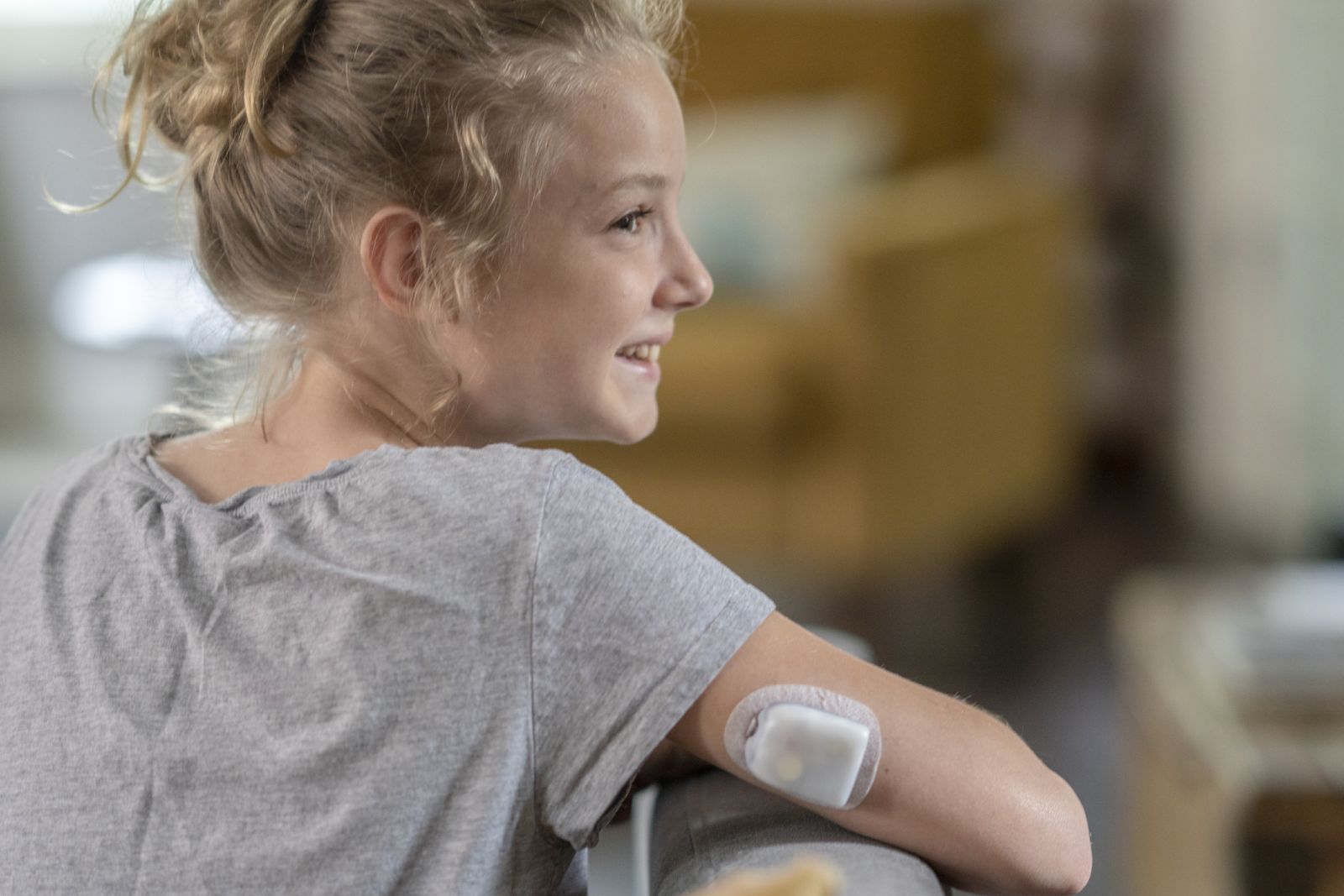AID Systems Hit Impressive Time in Range Targets, Large Studies Show
By April Hopcroft
 The latest research on the MiniMed 780G and Omnipod 5 AID systems showed improved time in range and increased time in tight range, enhancing glycemic control across all age groups.
The latest research on the MiniMed 780G and Omnipod 5 AID systems showed improved time in range and increased time in tight range, enhancing glycemic control across all age groups.
Research on automated insulin delivery (AID) systems abounded at EASD 2023, with new real-world data (outside of rigid clinical trial settings) exhibiting that AID systems like the MiniMed 780G and Omnipod 5 increased time in range in everyday users.
Study participants who used the MiniMed 780G and Omnipod 5 achieved significant improvements in time in range without increasing low blood sugar (hypoglycemia) events. Researchers also highlighted the potential of these newer AID systems to improve time in tight range – a new metric for glycemic control – and benefit people of all ages with diabetes.
Increased time in tight range for MiniMed 780G users
Time in tight range, defined as between 70-140 mg/dL, is gaining popularity as a metric for balancing blood glucose levels. Time in range also starts at 70 mg/dL but has a higher upper limit of 180 mg/dL.
Research finds that people without prediabetes or diabetes spend about 96% of their day between 70-140 mg/dL and only around 2% between 140-180 mg/dL. Thus, time in tight range might be a better indicator of good glycemic control.
Javier Castañeda, Medtronic’s senior manager of statistics, presented an analysis of over 10,000 users of the Minimed 780G system. Participants were at least 15 years old and used the MiniMed 780G for roughly 229 days. Here are some of the main findings, showing that using the MiniMed system led to significant improvements in blood sugar management:
-
Time in range increased by nearly 12%, from 62% at the start of the study to 74% at the end (almost 18 hours per day).
-
Time in tight range increased by 12%, from 37% at the start to 49% at the end (nearly 12 hours per day).
-
Those who started the study with a lower time in range and lower time in tight range experienced the most significant improvements.
-
Among people with the highest time in tight range starting the study, those numbers remained high while the duration of hypoglycemic events fell considerably.
Overall, the best predictor of significant increases in time in tight range was consistent use of the recommendations for AID systems, which includes a glucose target of 100 mg/dL and an active insulin time of two hours.
Among users who consistently used the recommended pump settings, time in range increased to 81% (about 19 hours per day) and time in tight range increased to 57% (nearly 14 hours per day).
Omnipod 5 improves time in range without causing low blood sugar
Dr. Emma Wilmot, an associate professor of diabetes and endocrinology at the University of Nottingham, presented an analysis including nearly 70,000 people with type 1 diabetes using the Omnipod 5 AID system. The median age of Omnipod 5 users in the study was 30 and almost one-third of the participants were children.
Discussing the key features of Omnipod 5, Wilmot said it provides the option to choose different glucose targets based on participants’ daily routines and treatment goals.
The study found significant improvements in time in range with minimal time spent experiencing hypoglycemia:
-
Participants aiming for the lowest glucose target of 110 mg/dL had the highest time in range at 70% (17 hours). Among these users, 25% achieved a time in range of 78% or greater (nearly 19 hours).
-
Time below range was impressively low across all groups with different glucose targets, Wilmot said. Time below 54 mg/dL was roughly 0.10-0.15%, well below the internationally agreed upon recommendation that people with diabetes spend less than 1% of the time (14 minutes) below 54 mg/dL.
While some experts have expressed caution about diabetes technology for older adults, this study showed that people aged 65 and older achieved the highest time in range of all age groups (roughly 75%). Participants transitioning from multiple daily injections of insulin via the Omnipod DASH also achieved significant improvements in time in range.
Predictors for achieving time in range greater than 70% included:
-
Using the lowest target glucose setting (110 mg/dL)
-
Bolusing 4-7 times per day
Overall, these results show that Omnipod 5 allows people with type 1 diabetes to increase their time in range, especially those who choose a glucose target of 110 mg/dL, without increasing time in hypoglycemia.
Why this data is important
Together, these analyses illustrate the potential of the latest AID systems to improve glycemic control and increase time in range. New research is also beginning to demonstrate the benefits of AID systems for people with diabetes who are pregnant, and perhaps even people with type 2 diabetes.
Analyses like these are important because the more strict environment of clinical trials can differ from the everyday experiences of people outside the trials. These large-scale studies suggest that improvements in blood glucose seen in clinical trials of the MiniMed 780G and Omnipod 5 are also experienced by people in their daily lives.
Learn more about automated insulin delivery here:







